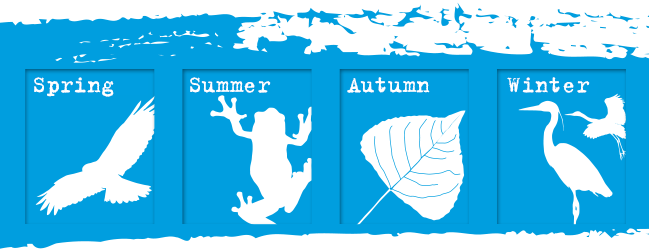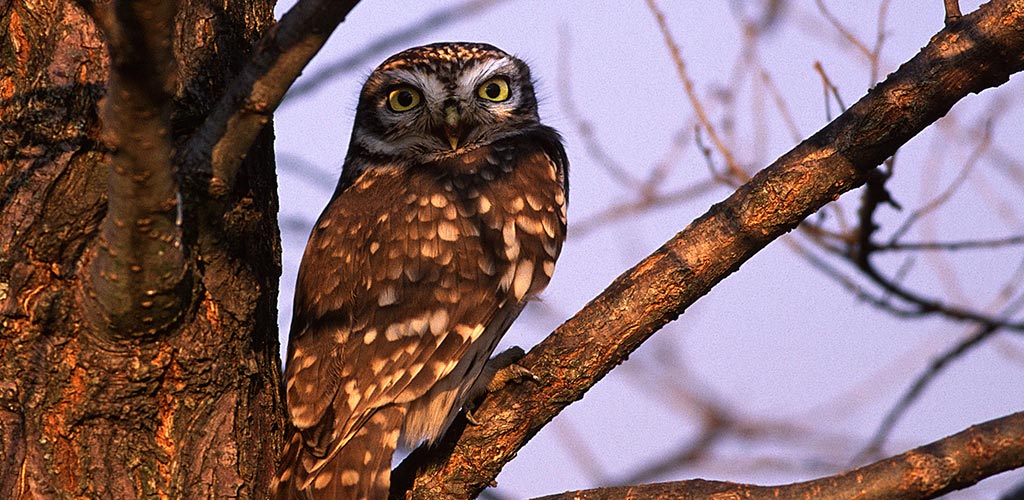Isola Boscone Nature Reserve
“Daughter of the river, mother of the wood”
On the banks of the Po, behind the village of Carbonara, Isola Boscone contains the second largest spontaneous woodland area in the Province of Mantua, a particularly relevant element in a region such as Lombardy where just 3.5% of the plain area is wooded.
Founded in 1984, the nature reserve covers an area of 130 hectares, is part of the Natura 2000 European ecological network and is one of the 51 Wetlands of International Importance in Italy. The love of the residents of Carbonara for their wood can be seen from the work that has taken place over the last decade leading to the replacement of large portions of primigenial willow groves – which were heading towards dreadful ecological conditions – with bay oak, elm and poplar. Hence the typical vegetational succession of the forests of the lower course of the Po has been arranged which, due to the widespread anthropisation of the flood plain environments and the trivialisation of the surrounding countryside, has become increasingly rare, to the extent that the survival of much of the riparian woodland has been threatened.
Alongside the forest environments, Isola Boscone hosts all the typical environments of the Great Po River: oxbow lakes and forming oxbow lakes; sandy banks, ideal nesting sites for bee-eaters and sand martins; the short-lived sandy areas, which are home to important bird species such as the little tern and the little ringed plover. Apart from the birds already mentioned, the black kites, the hobby, the osprey, the red and green woodpecker and various species of heron are worth noting.
Joined to land for many years now, Isola Boscone is easily reached from the village of Carbonara di Po. A convenient turf track runs through it, leading visitors on a half hour walk to discover the most suggestive corners of the nature reserve. It is freely accessible on foot or by bike all year long, the water level of the river permitting.
Isola Boscone is connected to the wilderness areas in the Mantuan Oltrepò Parks System by the Parks Cycle Route. It is also on the Eurovelo EV8 cycle itinerary and the Province of Mantua cycle route 2d. The old Carbonara elementary school near the reserve has been turned into the Eridano Tourist Centre, which hosts a small guest quarters and a rest area for cyclists.
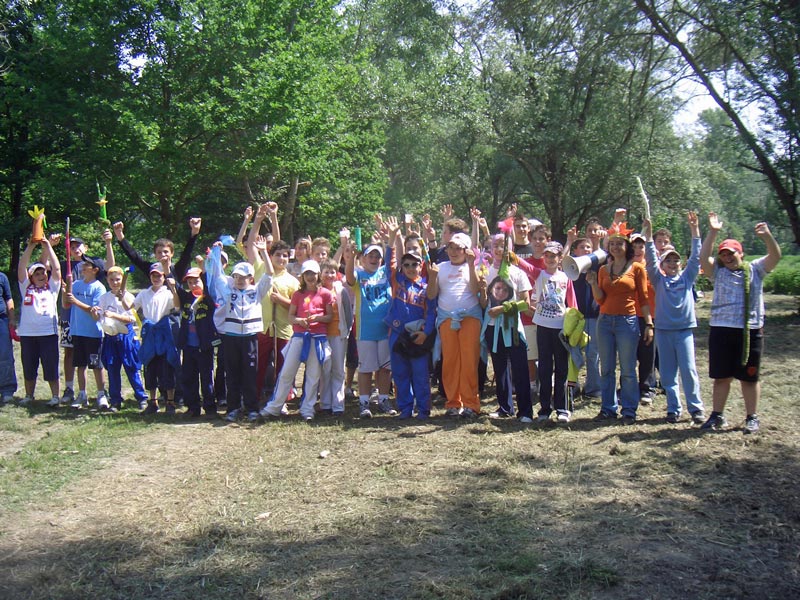
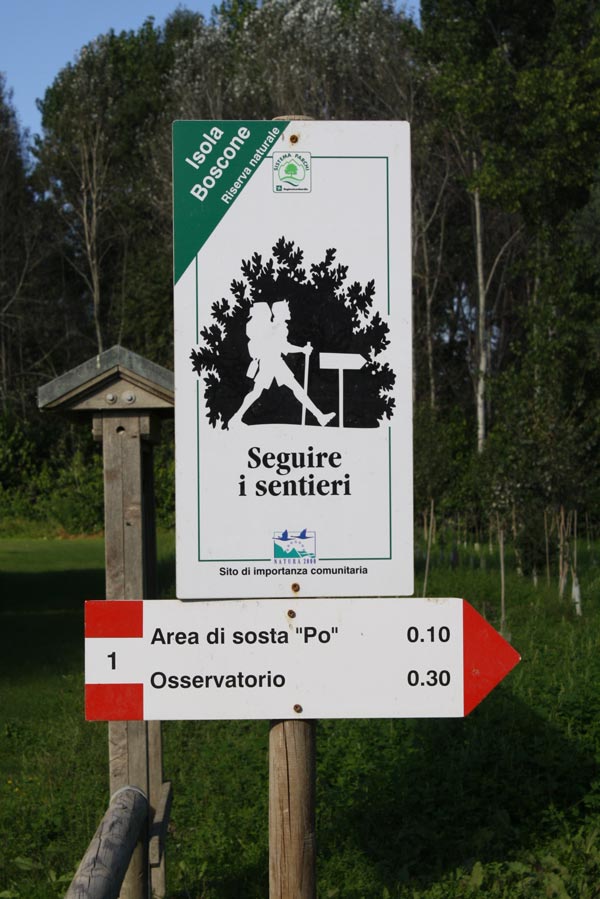
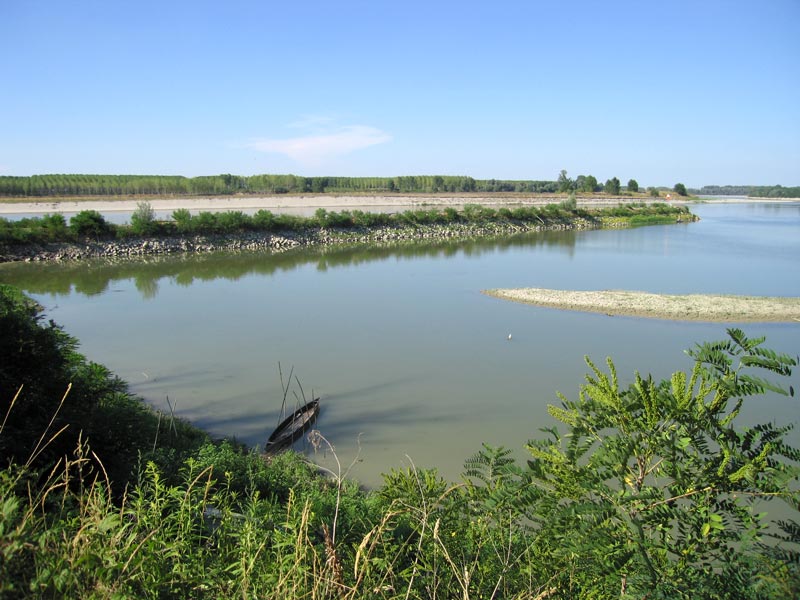
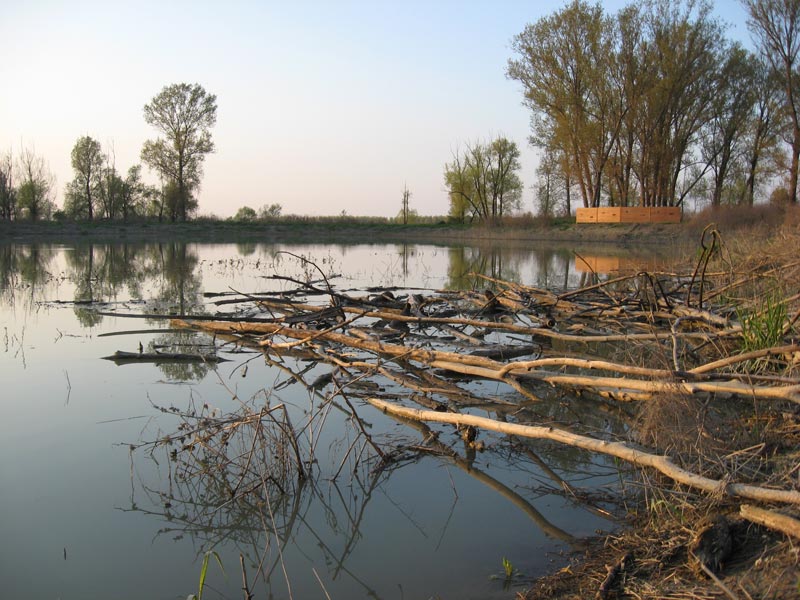
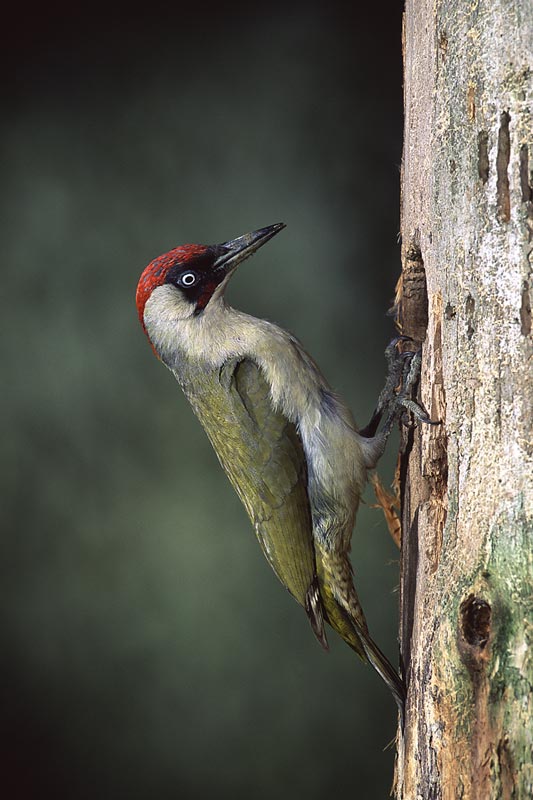
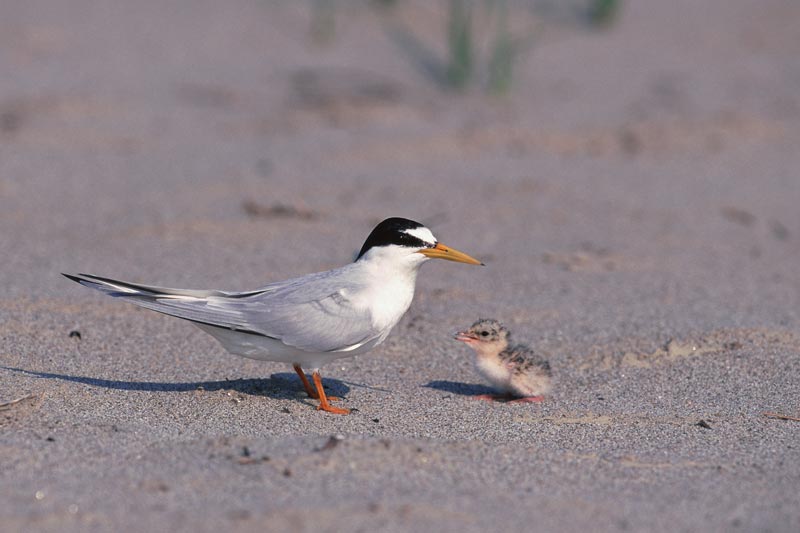
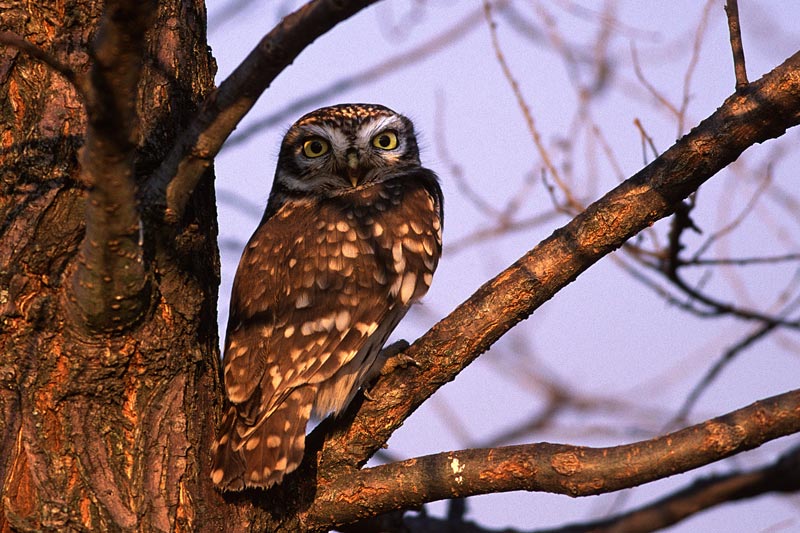
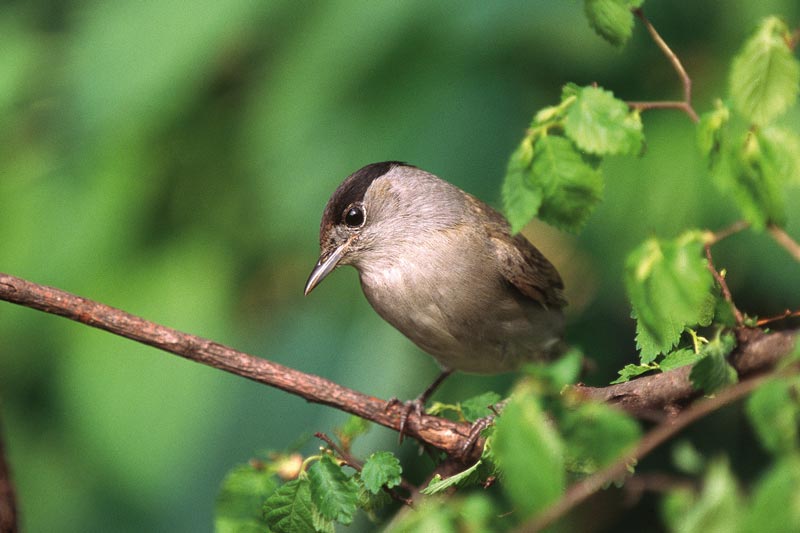
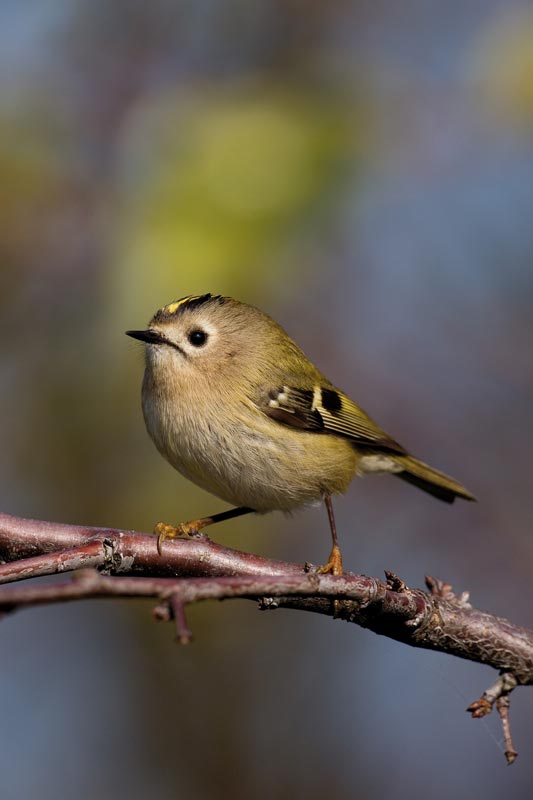
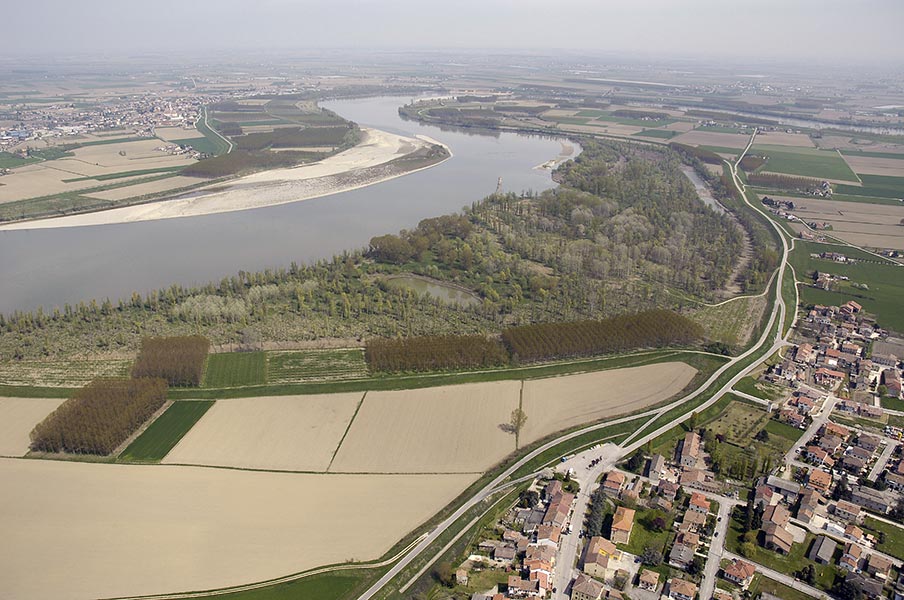
Information
Managing institution: Municipality of Carbonara di Po
Established in: 1984
Area: 131 hectares
Protection status: Regional nature reserve, Site of Community Importance, Special Protection Area, Wetland of International Importance
Municipality of Carbonara di Po T +39 0386 41549
Web site: www.isolaboscone.it
E-Mail: info@comune.carbonaradipo.mn.it
» Leaflet Isola Boscone
Isola Boscone Nature Reserve
You can enjoy the following surprising experiences on Isola Boscone:
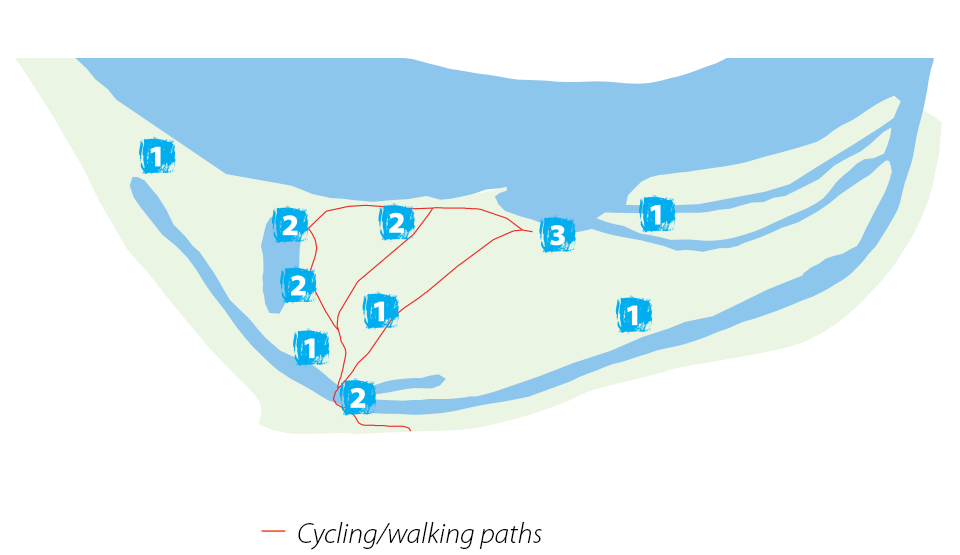
- Discover the secrets of a riverside wood.
- See an oxbow lake.
- Breathe in the nature and fresh air of the Great Po river
Isola Boscone Nature Reserve
Cosa accade al Boscone nel corso delle stagioni?
SPRING
- The swollen river submerges the nature reserve
- New leaves begin to appear on the trees and the poplars’ “fluffy seeds” fall to the ground like a snowfall
- The herons are out fishing in the shallow waters of the oxbow
- The black kite circles in the sky
- The wood is alive with the song of the great tit, the nightingale and the golden oriole, the hammering of the red woodpecker and the “laughing” call of the green woodpecker
- Amphibians, reptiles and small mammals become active again
SUMMER
- The river is low and sandy areas appear
- The black kite circles in the sky
- The wood is alive with the song of the great tit, the nightingale and the golden oriole, the hammering of the red woodpecker and the “laughing” call of the green woodpecker
- You can hear the call of tree frogs heralding a coming storm
AUTUMN
- The swollen river submerges the nature reserve
- The trees lose their leaves
- The herons wander about in the oxbow in search of food
- The wing flapping of hundreds of flying wood pigeons echoes in the sky
- Amphibians, reptiles and small mammals retreat to sheltered spots where they will spend the winter
WINTER
- The river is low and sandy areas appear
- Hundreds of bramblings and chaffinches fly around in the clearings searching for food
- Flocks of mallards and teals swim in the oxbow lakes
- The wing flapping of hundreds of flying wood pigeons echoes in the sky
- The melancholy croaking of the Carrion crow can be heard in the distance
